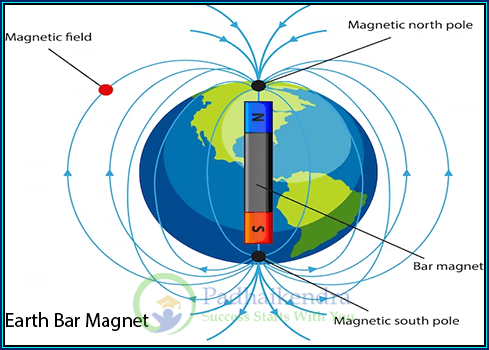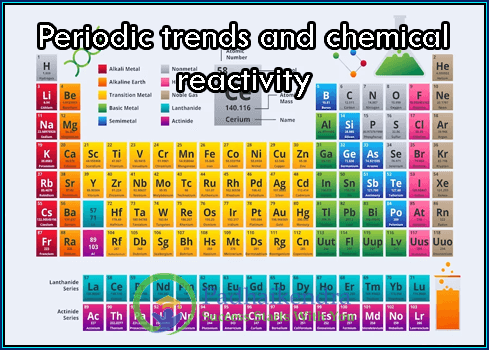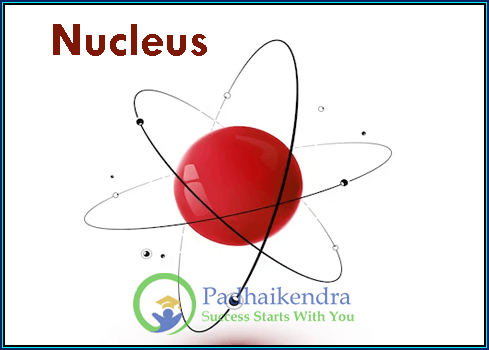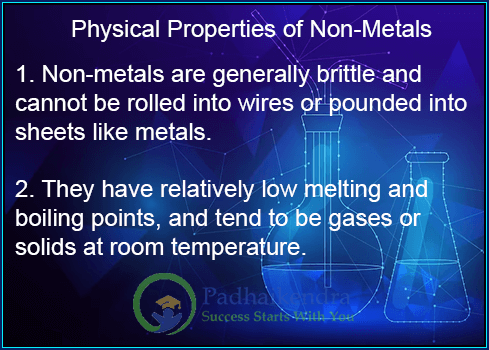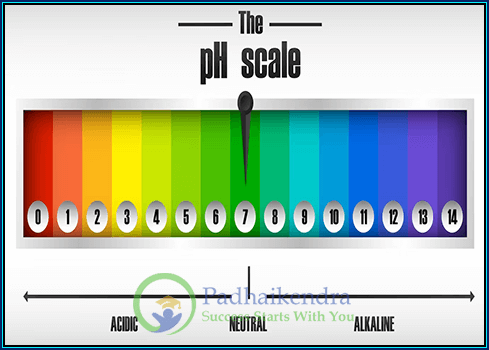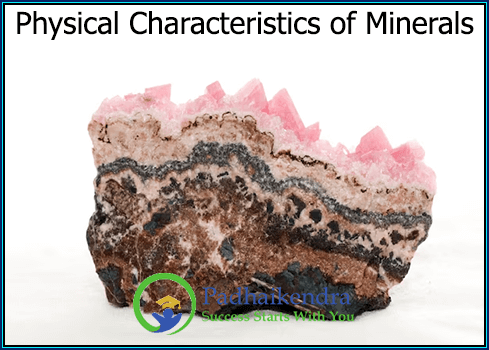Faraday’s experiment
Faraday’s experiment, also known as Faraday’s induction experiment, was a series of experiments performed by the British scientist Michael Faraday in 1831. The experiments demonstrated the relationship between a changing magnetic field and an induced electric current. Faraday discovered that if a magnet is moved near a closed loop of wire, an electric current is …


